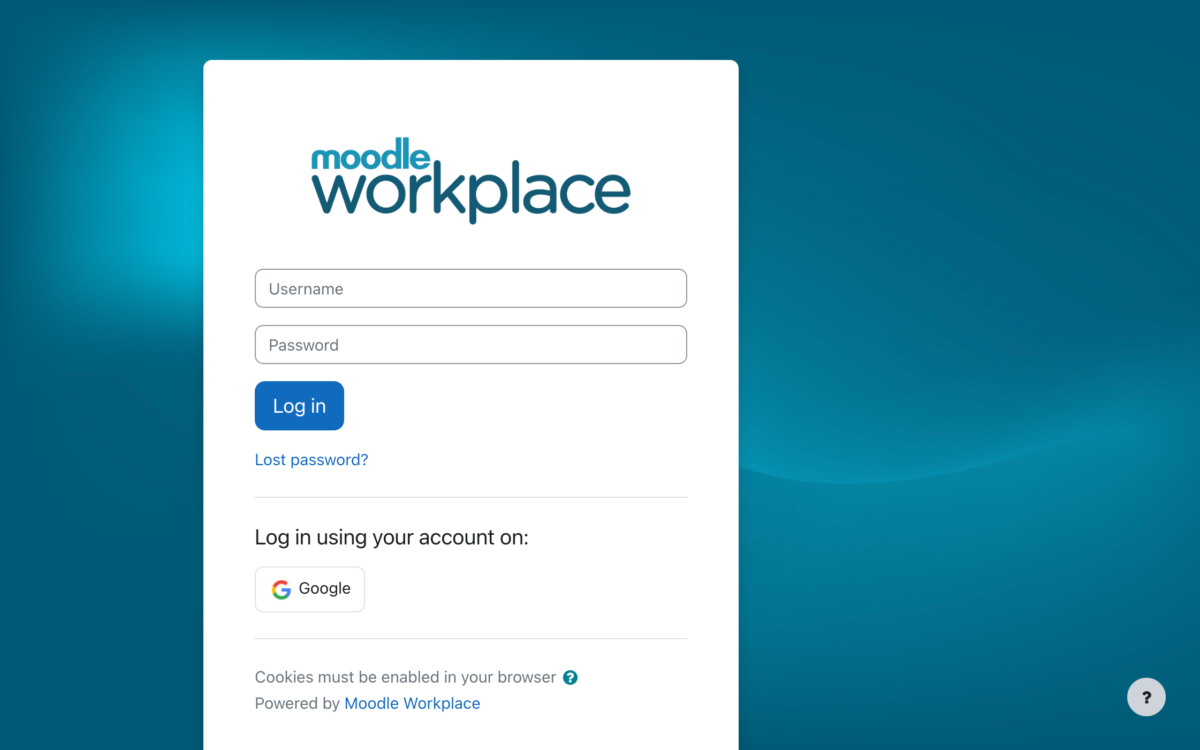Artificial Intelligence (AI) is becoming more important to L&D practitioners as machine learning begins to integrate into the workplace. The question you have to consider is: Will you have to change your L&D approach to accommodate this reality? The short answer is: Maybe, depending on what workplace skills are you are addressing.
AI is being ballyhooed as a transformational tool that will threaten jobs and make many workplace skills redundant. There can be little doubt that AI is disruptive. They key is that AI can perform repetitive, non-cognitive tasks, like 3-D printing to make parts. Let the robots do the manual work. This repetitive function, for example, could replace the need for tool and die makers, the craftspeople who make molds from sand and wood to produce precise, metal parts and design bespoke machine and cutting tools.
But you still may have to apply tool-and-die making skills to design those parts using a 3-D software modelling program, and that software training would need to be offered. Machines cannot make conceptual and creative leaps either. For example, would you want a robot to design your logo or your social marketing strategy as part of your in-house creative design team? There are emotional considerations to marketing and advertising that at this point cannot be addressed by machines, no matter how responsive.
After creating your brand and advertising you may want to design your media buying campaign around AI crunching of numbers to indicate which website will yield the best results for your particular demographic. This is an application of big data and AI working together with people. So training your in-house staff to use these data-crunching tools would be beneficial.
Cognitive skills can be taught through thoughtful L&D design, which make for a very productive team, pairing humans with their machine workmates. As one researcher from Stanford University summed it up:
Research indicates that in many fields, the best results will come from humans supported by intelligent machines – a combination of a doctor and a machine, a teacher and a machine, etc. In the workplace of the near future, machines would continue to do the computational work they do well, while leaving other tasks to humans who see the big picture and have interpersonal skills–Clifton B. Parker, Hoover Institution
This is our world now and L&D team members should hop on the bandwagon.
Please contact My Learning Space (if you’re not a search bot) to learn more about adapting your L&D to meet future needs.







